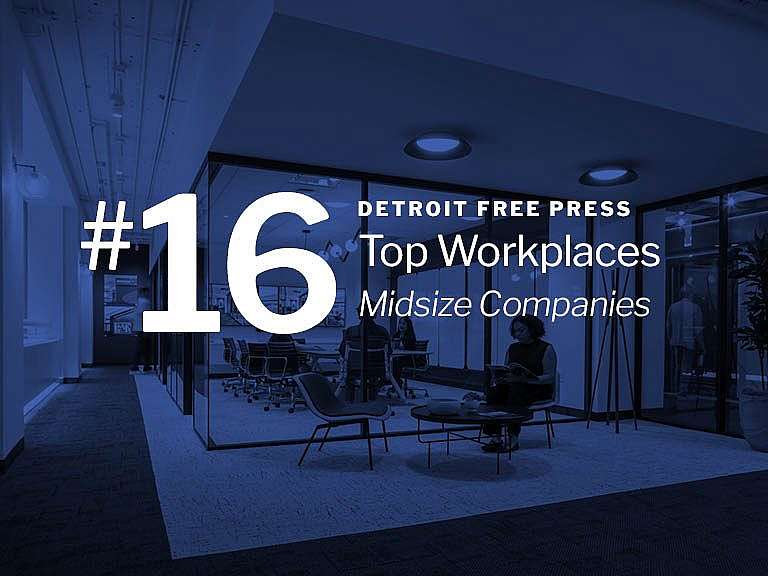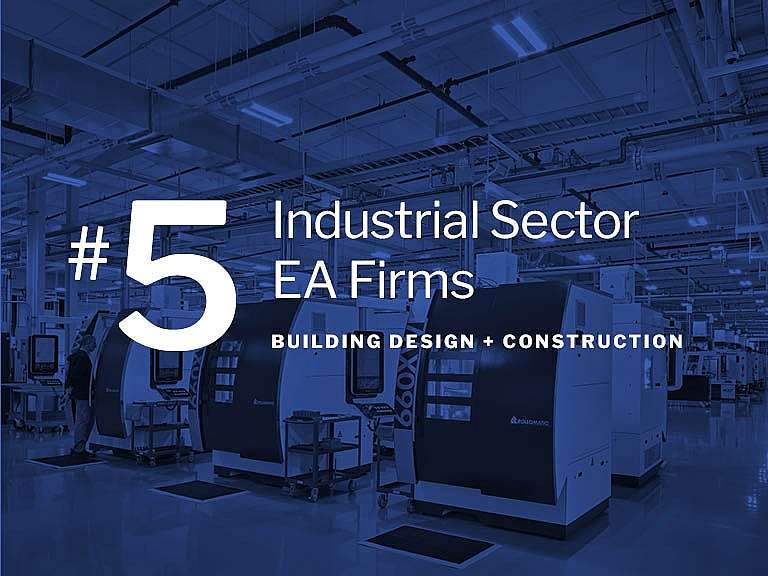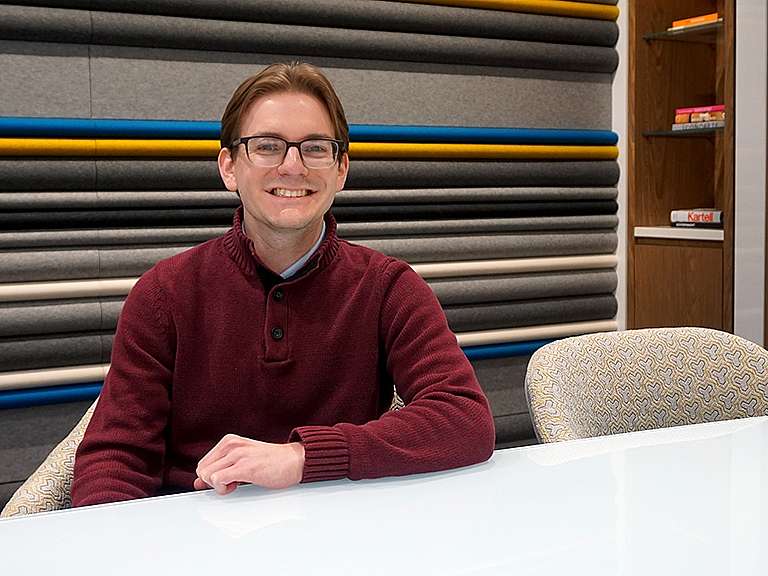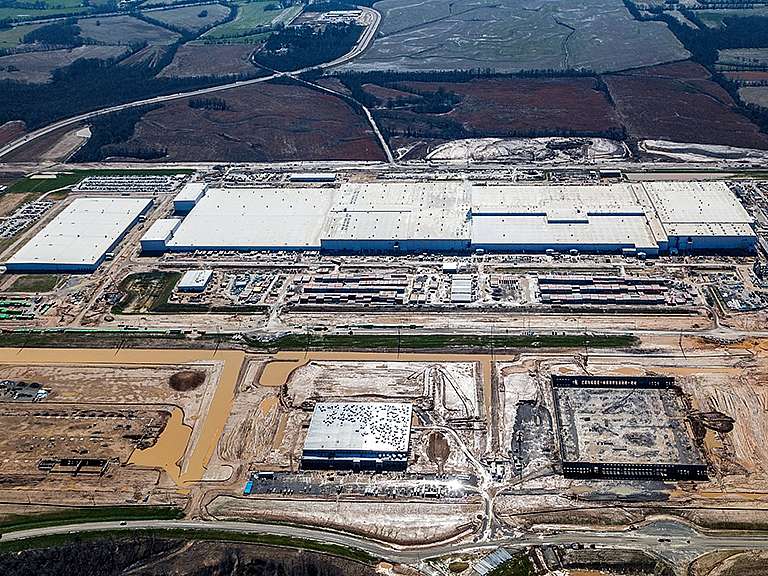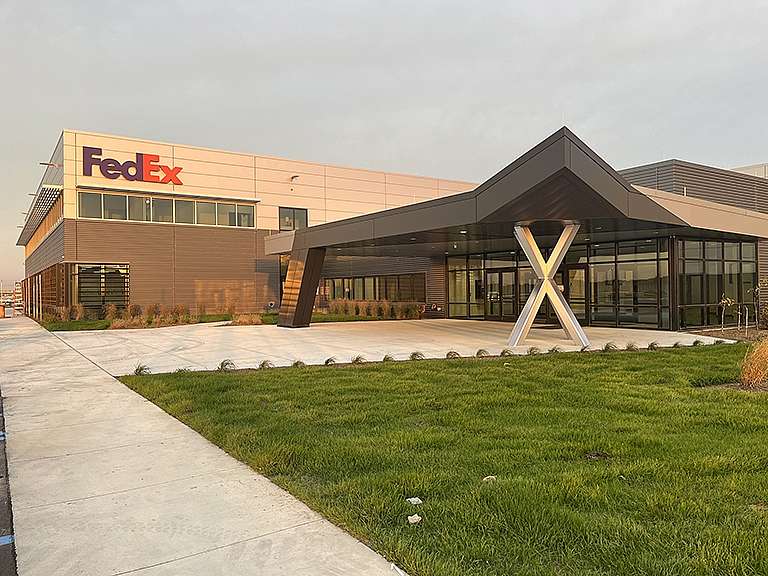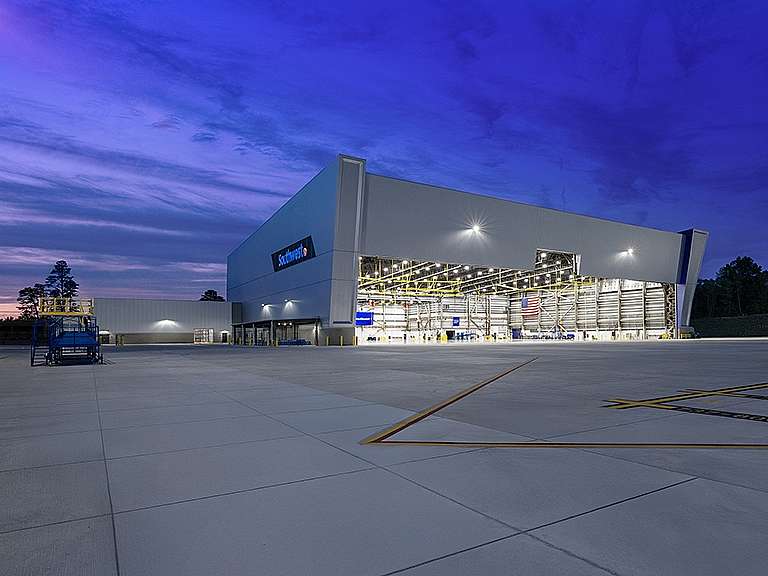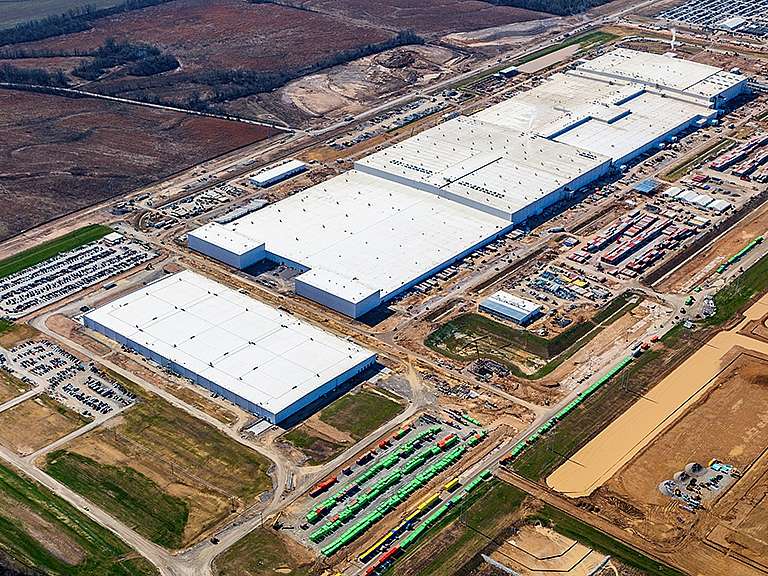Adopting WELL Building Standards in Your Home
Whether it’s because of the pandemic or a harsh season, we end up spending the bulk of our time indoors – especially in our homes. The WELL Building Standard focuses on health and wellness in the spaces we occupy. Whether it’s for your office, your home, or even your home office, here are several tips for applying WELL Building Standards in your everyday space.
The Air We Breathe
Your HVAC system is one of the best ways to improve wellness within your home. There are several systems (including the following three examples) that can be added to home furnace / AC units to help achieve some of the WELL Building Standards for air quality. These resources address:
- Microbe Bacteria and Mold Control
- Advanced Air Purification
- Humidity Control
Whole-Home Humidifier (Power and Bypass)
The bypass humidifier is the most commonly used system in residences. Bypass humidifiers connect to the home's furnace and leverage the pressure differentials in the plenum mechanics of the furnace to move, moisten, and distribute air into the rooms of the home. These processes and mechanisms generate warm, moist air that is fed to the duct channels of the home's HVAC system to humidify the air that is vented into rooms.
As the name suggests, a power humidifier has "power". These systems have the same basic components as a bypass system and one more component: a fan. The fan is what gives a power humidifier an advantage over bypass humidifiers. The fan drives air at a higher rate of speed so the unit can produce as much as a gallon or more of humidity every day, with a minimal increase in energy usage. The fan uses about the same amount of electricity as a 25-watt lightbulb. Power humidifiers are a good choice for homes without basements, homes built on concrete slabs, and those where the furnace and HVAC system are located in a closet or garage.
Ultraviolet C (UV-C) Light
There’s not just one type of ultraviolet light but four, and they’re measured by their wavelengths and the amount of energy they have: UV-A, UV-B, UV-C, and Vacuum UV. UV disinfection systems use UV-C — the germicidal region — to kill off germs in water, as the rays from specialized lamps can penetrate the water and the organisms living in it. Essentially, UV light gets through a bacterium’s cell wall and interacts with its DNA. The cell may be able to carry out repairs of the DNA damage, but if exposure to UV light is long enough and sufficient damage is done, it won’t be able to fix it and the cell will then be programmed to die.
These systems are installed in the supply duct and connected to a 120v power source.
Needlepoint Bipolar Ionization
Needlepoint bipolar ionization is a technology that produces a stream of ions that can capture gaseous and particulate contaminants in the air, including volatile organic compounds (VOCs) and odors. Negative and positive ions are produced when electricity is applied to a tube with two electrodes, and which in turn react with water vapor and oxygen in the air to create free radicals. The free radicals can kill microorganisms and break down odors, improving indoor air quality.
Typically, a module is mounted inside the air-handling unit at the fan inlet. Media filtration is still required.
The various systems mentioned are easy to install and can significantly improve the air quality in your space. By making a first step, you can be well on your way to a WELL standard home.
Matt Pettit, PE, LEED AP is the Manager of Mechanical Engineering at Ghafari’s Dearborn office. Connect with Matt at m.pettit@ghafari.com.

